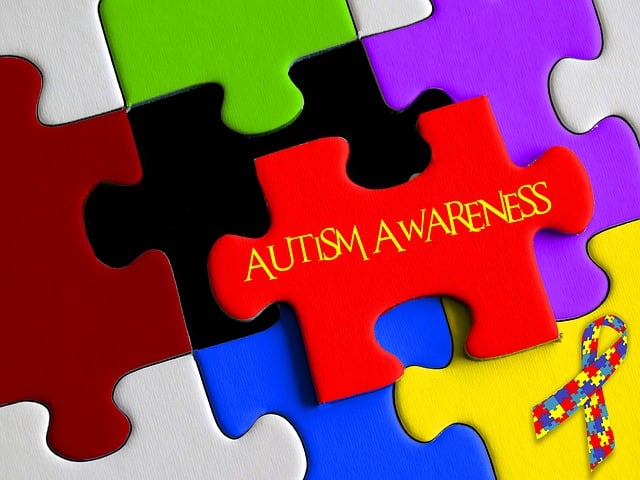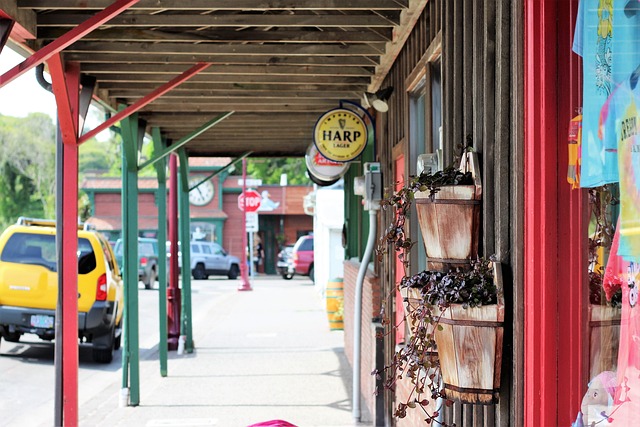Oregon prioritizes child welfare through collaborative efforts between government agencies, non-profit organizations, and community programs. These entities advocate for vulnerable children and families, offering essential services like foster care, counseling, legal aid, and education. Targeted interventions and long-term support strategies focus on addressing neglect, abuse, and familial challenges. Advocacy initiatives empower low-income families, racial minorities, and children with special needs by bridging resource gaps. Strategic partnerships drive positive change through evidence-based practices and technology, aiming to strengthen family units, prevent abuse, and improve child well-being across the state. Oregon's robust support network ensures advocates have the tools to make a difference in young lives.
Navigating the complex landscape of child welfare advocacy in Oregon requires a deep understanding of the system and access to robust support networks. This article explores key aspects of Oregon’s child welfare system, highlighting the roles of critical players and services. We delve into targeted advocacy initiatives transforming lives across vulnerable populations, while providing an Oregon advocacy support network guide. Discover effective child welfare advocacy programs and strategies empowering advocates, ultimately enhancing well-being for all Oregon children.
- Understanding the Child Welfare System in Oregon: An Overview of Key Players and Services
- Advocacy Initiatives Targeting Vulnerable Populations: Strategies for Positive Change
- Building a Support Network: Resources and Programs Empowering Oregon's Child Welfare Advocates
Understanding the Child Welfare System in Oregon: An Overview of Key Players and Services

The child welfare system in Oregon is a complex network of agencies, organizations, and professionals working together to protect and support vulnerable children and families. At the forefront of this system are various advocacy groups and initiatives dedicated to promoting the well-being and rights of children. These advocates play a crucial role in ensuring that all children in Oregon have access to essential services and resources.
Key players include non-profit organizations, government departments like the Department of Human Services (DHS), and community-based programs. DHS is responsible for implementing child welfare policies and providing various services such as foster care, adoption support, and family counseling. Non-profits and community groups complement these efforts by offering specialized advocacy programs, legal aid, and educational resources to empower parents and guardians in their parenting roles. Together, these entities collaborate to create a robust safety net for children, addressing issues like neglect, abuse, and familial challenges through targeted interventions and long-term support strategies.
Advocacy Initiatives Targeting Vulnerable Populations: Strategies for Positive Change

In Oregon, advocacy initiatives targeting vulnerable populations play a pivotal role in shaping the landscape of child welfare. Organizations and community leaders are increasingly focusing on programs that empower marginalized communities, such as low-income families, racial and ethnic minorities, and children with special needs. These efforts aim to bridge gaps in access to resources and services, ensuring that all Oregonians have equal opportunities for a brighter future.
Strategic partnerships between government agencies, non-profits, and local businesses are fostering positive change. By implementing evidence-based practices and leveraging technology, these initiatives enhance communication channels, streamline service delivery, and promote early intervention. The collective goal is to strengthen family units, prevent child abuse and neglect, and ultimately improve the well-being of children across the state.
Building a Support Network: Resources and Programs Empowering Oregon's Child Welfare Advocates

Building a strong support network is essential for effective child welfare advocacy in Oregon. The state offers various resources and programs designed to empower advocates, ensuring they have the necessary tools to make a positive impact. From legal aid organizations to community-based groups, these initiatives provide a safety net for those working tirelessly to protect vulnerable children. By connecting with like-minded individuals and accessing specialized services, advocates can enhance their capabilities and knowledge, ultimately improving outcomes for Oregon’s youth.
Oregon’s advocacy support system is characterized by collaborative efforts between government agencies, non-profits, and volunteers. These partnerships facilitate the development of comprehensive child welfare strategies, addressing immediate needs while also focusing on long-term solutions. Through joint initiatives, resources are optimized, ensuring a more sustainable and effective approach to advocating for the rights and well-being of children across the state.






